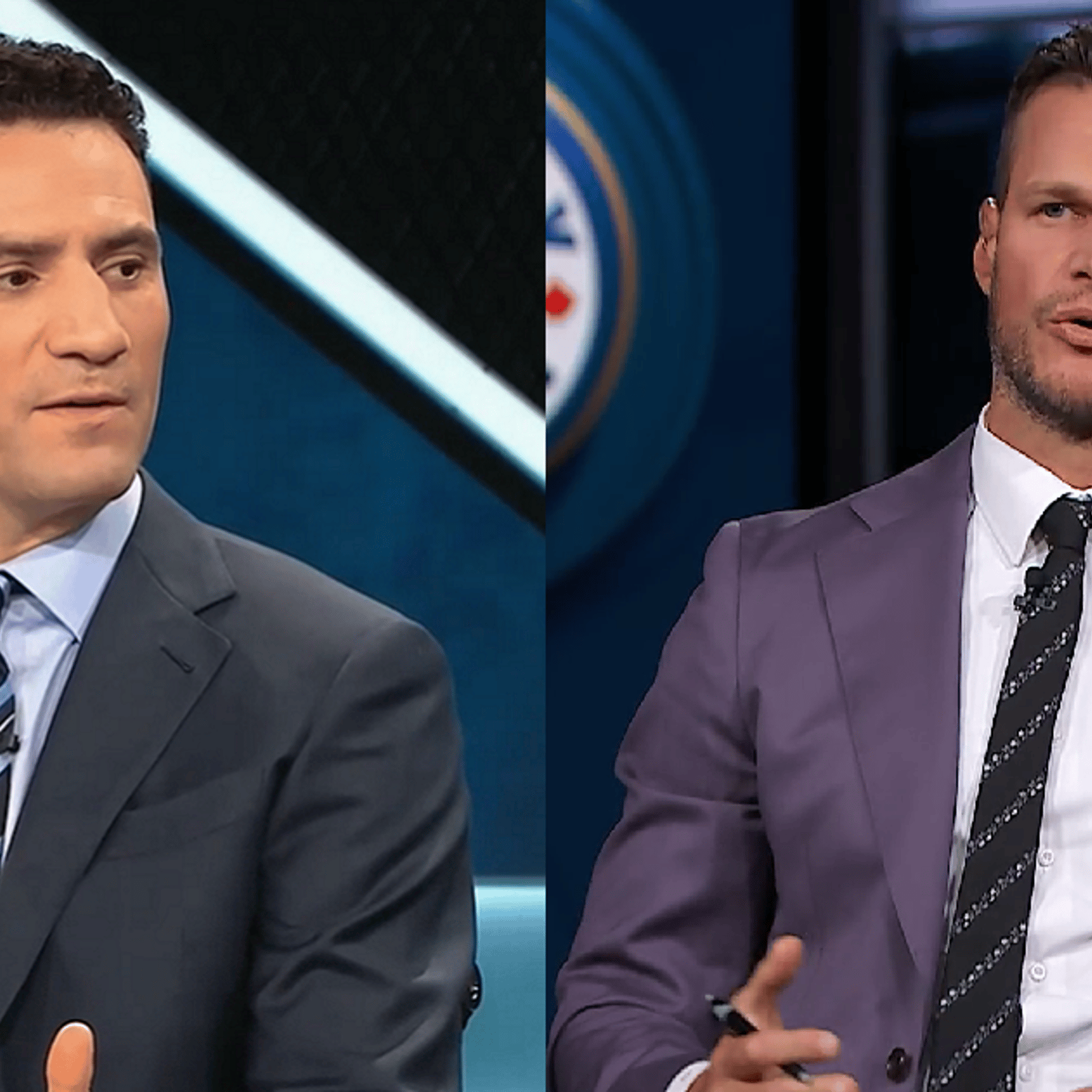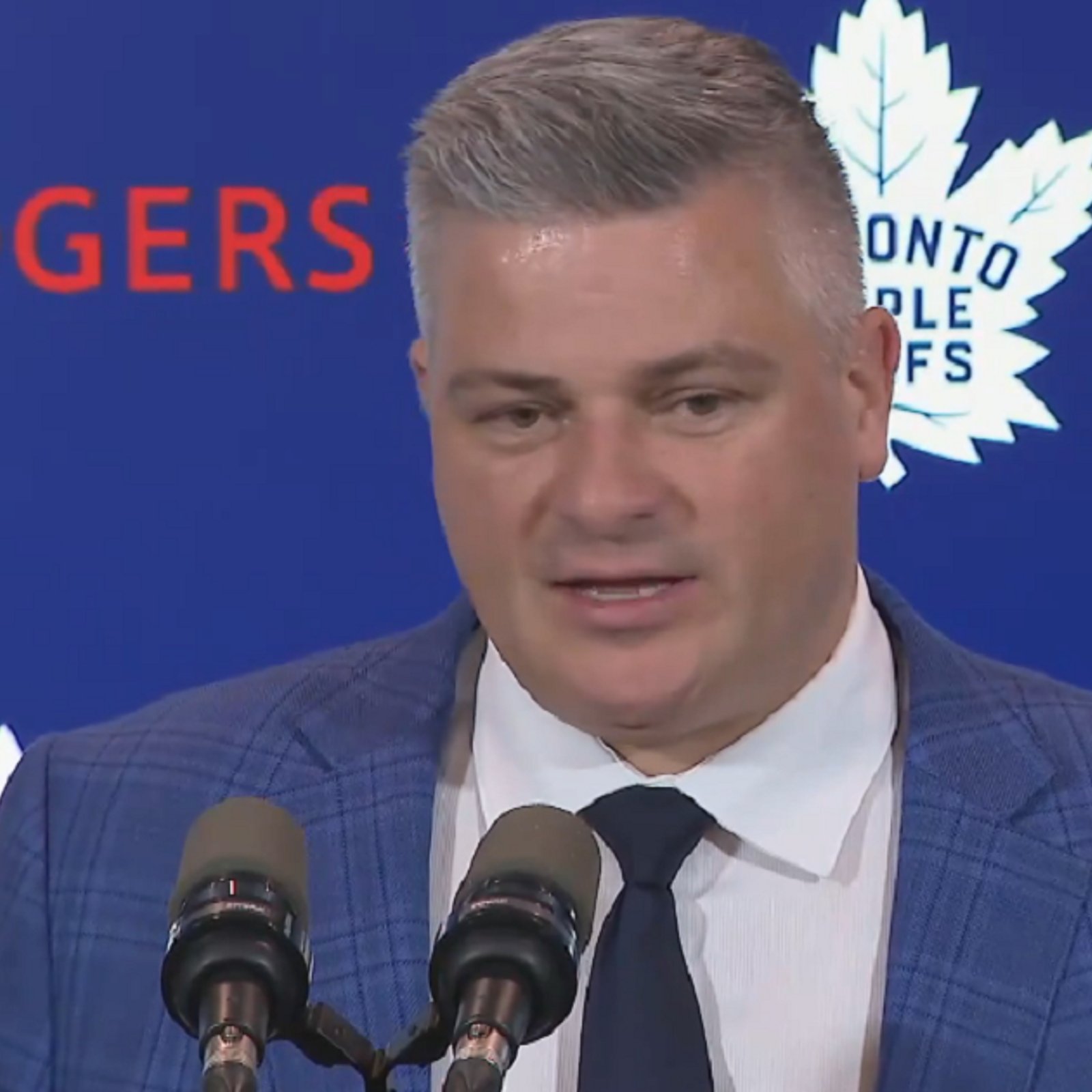
Infectious disease doctor demonstrates just how easily COVID-19 can travel between teammates
Anyone out there playing beer league? What kind of safety measures are in place?
HockeyFeed
It's mid-October and, in any other year, beer leagues around Canada and the United States would be in full swing. Of course this year... well things are a bit different.
Some leagues are operating, some leagues are shut down and there doesn't seem to be much consistency from one community to the next. Personally, my league is shut down for the season but if I want to take a two hour drive to the next major city I could play as much hockey as I want. Again, there's no consistency.
A new report from infectious disease expert Dr. Isaac Bogoch though is giving some leagues real cause for concern though. Dr. Bogoch shows just how quickly and easily COVID-19 can spread between teammates and arena facility workers in his latest report.
Check it out:
From Dr. Bogoch's study:
On June 16, 2020, a recreational ice hockey game was played at an ice rink in the Tampa Bay, Florida, metropolitan area. Teams A and B, each consisting of 11 players (typically six on the ice and five on the bench at any given time), included men aged 19–53 years. During the 5 days after the game, 15 persons (14 of the 22 players and a rink staff member) experienced signs and symptoms compatible with coronavirus disease 2019 (COVID-19)*; 13 of the 15 ill persons had positive laboratory test results indicating infection with SARS-CoV-2, the virus that causes COVID-19. Widespread transmission of SARS-CoV-2 has been documented at a choir practice (1) and at meat processing plants (2,3); however, apart from an outbreak involving 57 infected dancers that has been linked to high-intensity fitness dance classes in South Korea (4) and a cluster of five infected persons at a squash facility in Slovenia (5), few published reports are available regarding transmission associated with specific sports games or practices. In addition, outbreaks of COVID-19 infections among amateur hockey players in the United States have recently been reported in the news.†
On June 19, 2020, the Florida Department of Health was notified of a team A player (the index patient) who experienced fever, cough, sore throat, and a headache beginning on June 17, the day after he had participated in an evening game; 2 days later, a nasal specimen was obtained, which tested positive for SARS-CoV-2 by Sofia SARS Antigen Fluorescent Immunoassay (https://www.quidel.com/immunoassays/coronavirusexternal icon). An investigation by the Florida Department of Health revealed that eight of 10 team A players (excluding the index patient), five of 11 players from team B, and one rink staff member experienced COVID-19 signs and symptoms during June 18–21 (Figure), 2–5 days after the game. Excluding the index patient, 13 of the 21 (62%) players experienced illness. Among the 15 total cases in this outbreak, 11 patients had positive SARS-CoV-2 reverse transcription–polymerase chain reaction results, two had positive antigen tests,§ and two were not tested.
Now... it's important to note that this study took place in Tampa, Florida where there are virtually no safety measures being taken with respect to COVID-19. In any case, does this change your perspective on whether or not beer leagues should be allowed to hit the ice?

- Jonathan Larivee
Terrible news from Evander Kane just before Game 1.
- NHL News
- 2 minutes read

- Jonathan Larivee
Refs intervene over questionable act from Leafs after Game 1.
- NHL News
- 2 minutes read

- Jonathan Larivee
Bieksa, Bissonnette call out 2 Maple Leafs after a brutal Game 1.
- NHL News
- 3 minutes read

- Jonathan Larivee
Sheldon Keefe calls out Max Domi over Game 1 performance.
- NHL News
- 2 minutes read

- Jonathan Larivee
Seth Jones' comments rub fans in Chicago the wrong way.
- NHL News
- 3 minutes read
